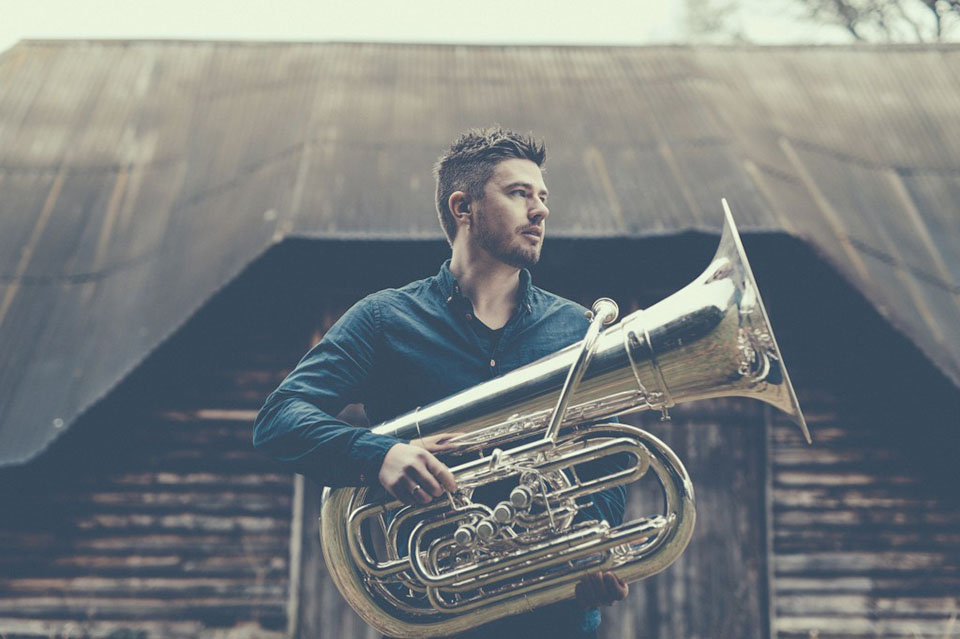Over the years, the reasoning behind music’s creation and production have undergone countless changes. Many artists and composers have written their music to reflect culture and emotion — their lyrics to critique culture and politics. Norwegian composer Daniel Herskedal accomplishes these all with his recent release “The Roc.” Herskedal creates a beautiful blend of traditional Middle Eastern sounds with westernized instrumentation. Being a tubist himself, Herskedal finds a way for his ensemble to replicate the expression and ornamentation of Middle Eastern folk music.
Expression and ornamentation
The geographical and literary references in Herskedal’s album prove his knowledge of the culture. A “roc” is actually a giant mythological bird, found in works as early as the infamous “One Thousand and One Nights,” — more commonly referred to as “Arabian Nights.” Many Eastern cultures have the roc in their folklore — including Hindu and Buddhist mythology — but more importantly, they all have a similar word for the creature. The etymology of the word reveals its original Persian pronunciation sounds like “rook” with the long “u” sound. This history falls parallel with the first track of “The Roc,” titled “Seeds of Language.”
This introductory piece features the full ensemble — Herskedal on tuba and bass trumpet, Bergmund Waal Skaslien on viola, Svante Henryson on cello, Eyolf Dale on piano and Helge Andreas Norbakken on percussion — trading melodic lines back and forth. In most cases, two instruments play these lines in unison with each other.
Contemplative aura
This theme of unity remains present throughout the album and plays a huge role in the formation and consistency of Herskedal’s statement. The next track, also the title track, brings in the rustic flavor present in the rest of the album. Through the fast melody, Herskedal plays with the sonic potential of his instrumentation. Herskedal’s bass trumpet and Dale’s piano construct this somber song’s melody, while the strings provide dynamic crescendos. Herskedal then finishes the song off with a beautiful solo.
Directly following, Herskedal’s sympathetic ballad “Eternal Sunshine Creates a Desert” sounds like a lament, creating a contemplative aura that prepares listeners for “Kurd, Bayat, Nahawand to Kurd.” This song has a driving beat that progresses the music, yet moves with such romantic melodies. The passion felt as Skaslien sings with his viola leaves some loose ends, as it concludes the first side of the album.
A visionary work
Side B commences similarly, restating themes and connecting the album as a whole through literary and musical motifs. Tracks like “Hijaz Train Station” and “Thurayya Railways” repeat the hint of travel, and allow us to synesthetically create scenery in our minds. The full album ends with “All That Has Happened, Happened As Fate Wills.” A very eerie title and ending for the scenery created by Herskedal’s work. The song is a ballad, with very western sounds. The harmony focuses around a mid-range pedal point, just as earlier eastern-sounding tracks had, like Side B’s “Hijaz Train Station.” When the percussion comes in, the listeners acknowledge it, but still feel the piece’s dramatic conclusion. The last chord of the whole album is an unresolved dissonance, just like the unresolved nature of the story Herskedal tells.
Herskedal’s interpolated western pieces among eastern songs feel unified, juxtaposing eastern and western cultures, religious and geographical references. Daniel Herskedal has created a visionary work promoting cultural inclusion and peace through music.







